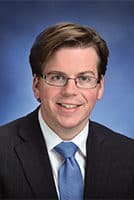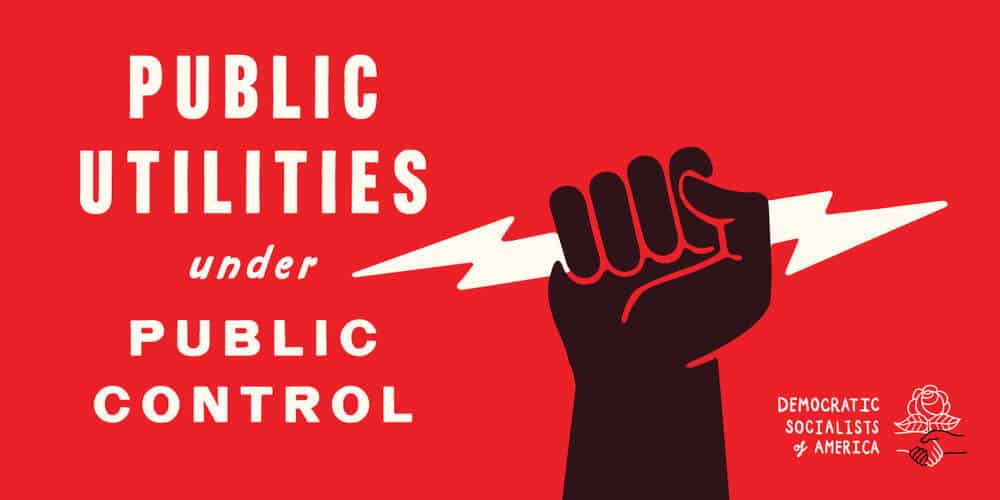In the wake of manmade tragedies, natural disasters, and other local or global shocks to the system, people often begin, optimistically, to feel that, upon recovery, life surely cannot return to normal. We’ve seen and felt too much. The everyday, numb routine has fallen away, revealed its mutability, and given us space to rethink our choices and values.
In these times, we may perceive more humanity within the project of recovery than we did in our usual economy, and what makes that exhausting project a little easier is the conviction that this newfound humanity shall be sustained in peacetime. If we must rebuild the nation (or the world, or a neighborhood), doubtless it’ll be a better one.
It doesn’t take an especially cynical observer of history to notice, however, that somehow it frequently doesn’t work out that way. 9/11 generated acts of heroism at Ground Zero, but in the longer run, it spawned two unnecessary wars of endless, indescribable violence and destruction. Hurricane Katrina, in New Orleans, mobilized volunteers across the country; it also created the conditions for the privatization of the local public school system, the razing of the city’s public housing, and the closure of its largest public hospital.
Why don’t our epiphanies last? Unfortunately, positive sentiment alone doesn’t produce positive change.
In truth, the hearts of ordinary people were never the problem in our world. The problem, always, was the political structures that shape their lives – structures where, once the crisis has receded, they’ll be plugged right back in, whether they like it or not.
The social and economic arrangements of American life were not, in the first place, democratically determined. While you and I may have spent our quarantines dreaming of a better world, the power elite probably haven’t. Already, one can imagine a future of long-term unemployment, where contact tracing becomes a tool to bolster the surveillance state, and large corporations – sustained during the crisis by government largesse – step in to fill the vacant storefronts of evicted small businesses.
Still, I have hope for our post-coronavirus planet. The lessons that the pandemic has imparted have not only been personal – they have been political: as other commentators have pointed out, you don’t see a lot of libertarian capitalists in a pandemic.
All of this is only to say that the world can change, but it won’t happen unless we change it. The coronavirus is not going to hand us a new country: we need a playbook of our own.
Once the pandemic has passed, many of us will rally for a single-payer healthcare system with renewed determination. Others will push for a universal basic income. The list of possibilities is infinite, but we must pursue concrete goals.
I’d like to use this column to bring attention to two promising initiatives in New York State: public banking and public power. Both campaigns have rallied passionate coalitions and have spurred bills that legislators have already introduced in Albany. Their goals, though entirely logical and feasible, may have been a little bolder than New York’s pre-coronavirus political imagination would have allowed. Now we must see whether we can move past those self-imposed limits.
Bank shot
Three nonprofits – New York Communities for Change, the New Economy Project, and Chhaya CDC – came together to form Public Bank NYC in 2018, and in 2019, State Senator James Sanders of Queens introduced the New York Public Banking Act (S5565A), which would permit municipalities in New York State, including New York City, to establish public banks.
Like a business or an individual, New York City requires banking services – it has to keep its money somewhere. Currently, it deposits municipal tax revenue into private institutions, like Bank of America and Chase, which charge significant fees and use the deposits to finance investments that, in many cases, do not help New Yorkers.
As institutional investors, banks influence the shape of our economy by dictating the flow of capital. They select projects to finance on the basis of pure profitability. For this reason, they often choose oil pipelines, private prisons, luxury condominiums, and other unsavory investments.
The charter of New York City’s public bank would prohibit such behavior. Instead, it would finance the economy we want to live in. According to Sanders’s bill, it would “prioritize loans supporting worker cooperatives, community land trusts, low-income and affordable housing, renewable energy, infrastructure development, small businesses and small farms, minority- and women-owned business enterprises, and other initiatives that fulfill the public bank’s mission, with a focus on serving underserved and under-banked communities.”
It could even finance new public works in New York City, like parks and bike paths, without requiring the city to pay interest to the municipal bond market. It would not offer checking or savings accounts to individuals (at least at first), but in the post-coronavirus economy, it would play a vital role in extending small business loans to vulnerable commercial corridors hollowed out by the current lockdown.
New York City would own the bank, appointing a board of directors that would include both community leaders and financial experts. Since 1919, the Bank of North Dakota, whose responsible lending practices kept it comfortably afloat even in the 2008 financial crisis, has shown that a government-owned bank can be successful. New York would bring to that model a stronger prosocial mission.
Wall Street wouldn’t like to see New Yorkers control a bank of their own. The financial industry will lobby against the idea, as it has in other states. We must urge our elected officials to support it anyway.
Power to the people
While Chase and Bank of America likely disapprove of Sanders’s legislation, Con Edison and National Grid must absolutely hate the trio of bills (A8937, A8938, and A8887) introduced in January this year by Park Slope’s assemblyman, Robert Carroll. Carroll has teamed up with Public Power NYC, a campaign initiated by the New York City Democratic Socialists of America, to challenge New York State’s for-profit energy model.

Despite costly utility bills, New Yorkers faced blackouts and brownouts last summer that trapped subway passengers and left homes in targeted sections of Brooklyn without power for days. The responsible party, ConEd, has used its billions in annual revenue to reward shareholders with generous dividends instead of maintaining its grid. It gets away with shoddy service because power distribution represents both a natural monopoly and an essential service, and New Yorkers have nowhere else to go.
National Grid, which supplies New York City with natural gas, held downstate hostage for months last year by denying its own essential service to new customers unless Governor Cuomo approved plans for a 37-mile fracked gas pipeline against the guidance of the New York State Department of Environmental Conservation. Without hookups, new apartment buildings sat empty, unable to receive their first tenants, and fledgling small business owners watched their life savings dwindle as they pushed back the opening dates of their restaurants. Cuomo had to threaten to revoke National Grid’s franchise to end the manufactured crisis.
Most New Yorkers want more than reliable service. They also recognize the importance of clean, renewable energy. ConEd and National Grid – despite lip service to the contrary – do not. The quickest, surest route to a green future is a publicly owned energy system.
Carroll’s legislative program would permit the public New York Power Authority (NYPA), founded in 1931, to acquire privately owned renewable generating stations through the right of first offer and refusal, and to sell electricity directly to individual customers as a nonprofit energy services company, supplying clean power through existing corporate utilities by replacing today’s often predatory ESCOs. The NYPA, which currently owns oil- and gas-fired power plants as well as hydroelectric dams (including the Niagara Power Project), would also begin for the first time to construct its own solar and wind farms.
Next, Carroll’s legislation would convert all state-owned and city-owned properties – from universities to hospitals to NYCHA – to 100 percent renewable energy from a now green NYPA by 2025. Finally, it would consolidate ConEd, National Grid, and Central Hudson G&E’s distribution networks in 12 counties (including the five boroughs) into the democratically controlled Downstate Power Authority, using eminent domain if necessary.
The Downstate Power Authority, a new state-owned public benefit corporation, would provide cheaper electricity to New York City than ConEd, and its charter would include a mandate to investigate and implement “resource conservation and energy efficiency measures and equipment intended to reduce power demand and usage.” Meanwhile, the expanded New York Power Authority would ensure that New York State can actually meet its goal (as determined by state law) of carbon-free electricity by 2040 – or, better yet, significantly sooner.
The coronavirus is the current crisis, but we must remember that, in the longer run, climate change remains our biggest emergency and the true existential risk facing humanity. As they did with COVID-19, many public officials will downplay the threat and avoid taking action until it’s too late, unless we organize a movement sufficiently powerful to force their hand.
Albany’s 2019-2020 legislative session normally would last until June, but the coronavirus has shut down the New York State Capitol, and it remains to be seen whether lawmakers will reconvene digitally this year. Cuomo declared the session “effectively over” after the budget passed at the start of April. The public should reject this premise. (New York City Council reopened for legislative business by Zoom on April 22.)
If Cuomo gets his way, however, we must redouble our efforts to win a better, fairer, cleaner New York in 2021. We’re all getting a little antsy in our apartments: let’s promise now to hit the streets as soon as possible.
Visit publicbanknyc.org and publicpower.nyc for more information and to get involved.









